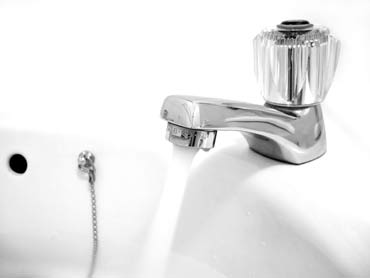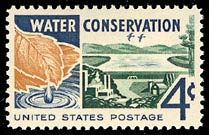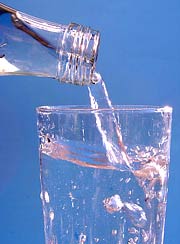Every year, more and more people are born into the world. Population has been rising with each year that passes, but our resources, especially water, do not increase with it. It has been forecasted that population will increase by 40 to 50% in the next fifty years—if only we could say the same for our natural water resources.
Water and Life
 We use water in many different ways everyday, from the time we get up to the time we sleep at night, water is our constant companion. We brush our teeth with water, we drink water; we use it to wash our clothes, our bodies and our cars. We also use water to keep plants healthy and in a larger scale, to grow crops and to feed cattle and other livestock. Water is needed for fish to survive and for trees to grow. Without it, the life we very well know could end.
We use water in many different ways everyday, from the time we get up to the time we sleep at night, water is our constant companion. We brush our teeth with water, we drink water; we use it to wash our clothes, our bodies and our cars. We also use water to keep plants healthy and in a larger scale, to grow crops and to feed cattle and other livestock. Water is needed for fish to survive and for trees to grow. Without it, the life we very well know could end.
Already, there are cities and areas around the world that do not have easy access to clean water. Rivers, lakes and even oceans get polluted from sewage, waste and different bacteria and organisms. We are putting undue strain on the water resources of our planet, which is, contrary to popular belief, very finite.
Saving Water Equals Saving Life
 Water conservation is the most important element of environmental preservation because as global population and the standards of living continue to rise dramatically, so does the strain we put on natural resources. It is the most practical and affordable way to reduce our continuous demand for water. On the flip side, saving water also helps us save energy. Remember that water treatment plants and plumbing use electricity to bring clean water into various households.
Water conservation is the most important element of environmental preservation because as global population and the standards of living continue to rise dramatically, so does the strain we put on natural resources. It is the most practical and affordable way to reduce our continuous demand for water. On the flip side, saving water also helps us save energy. Remember that water treatment plants and plumbing use electricity to bring clean water into various households.
 There are many various ways and methods we can employ to conserve water, from the simplest of things we can teach our kids to the more complex practices, such as building our own gray water recycling systems. The act, for instance, of remembering to turn off the water taps while brushing your teeth or while shaving can add to significant water conservation over a long period of time.
There are many various ways and methods we can employ to conserve water, from the simplest of things we can teach our kids to the more complex practices, such as building our own gray water recycling systems. The act, for instance, of remembering to turn off the water taps while brushing your teeth or while shaving can add to significant water conservation over a long period of time.
You can also learn how to save water through other means, such as adding a tank displacement unit in your toilet, so you don’t have to wait for your toilet to fill up with enough water to get an adequate flush. You can even catch cold water in a tub or container while waiting for the hot water to kick in and use that water for laundry or for your plants. Fixing leaky faucets and plumbing can save hundreds of gallons of water a year!
We especially need the younger generation to learn how to save water. We can teach our kids, for instance, the importance of conserving water and how wasting water affects the environment and the future generation. As they mature and begin their own families, it is important that they already have the means and ways of preserving water firmly entrenched in their habits.
Conserving water isn’t just about lessening our water bills or lowering our water consumption, it is all about life, about preservation and about preparing the world to welcome future generations. As the old adage goes, we don’t own the world, we are just borrowing it from our children.